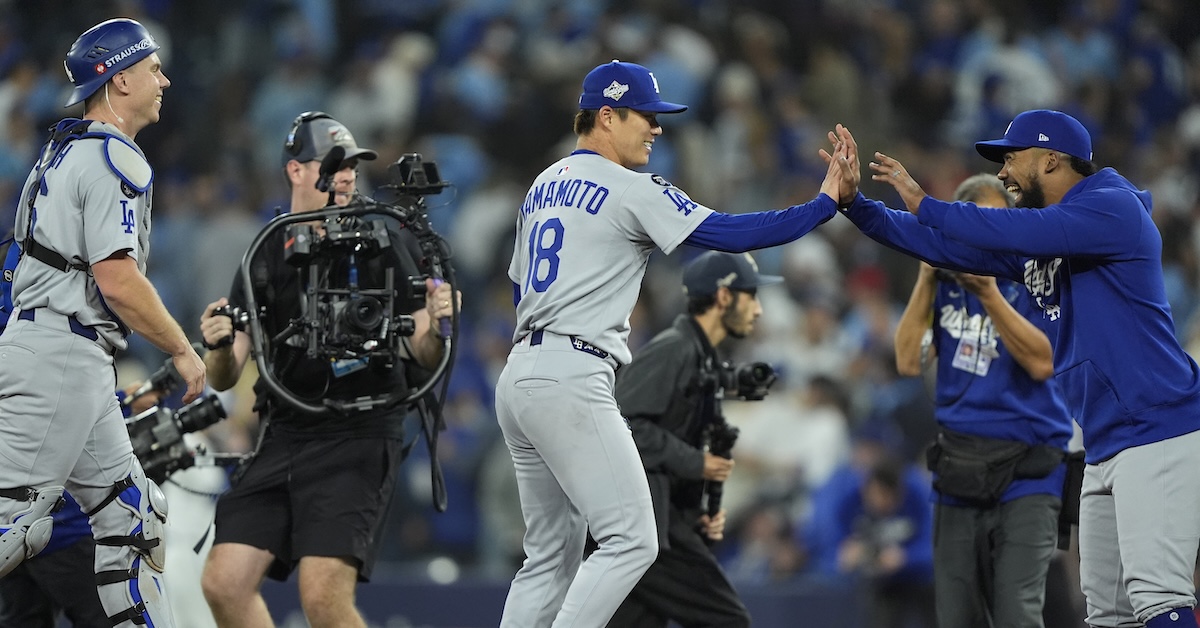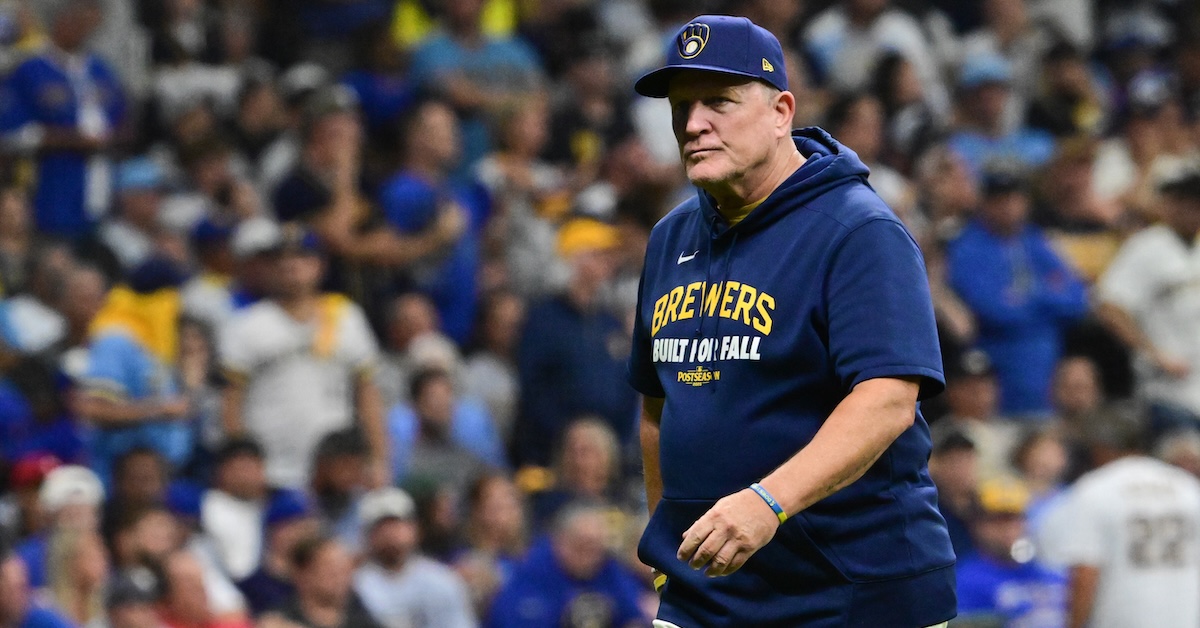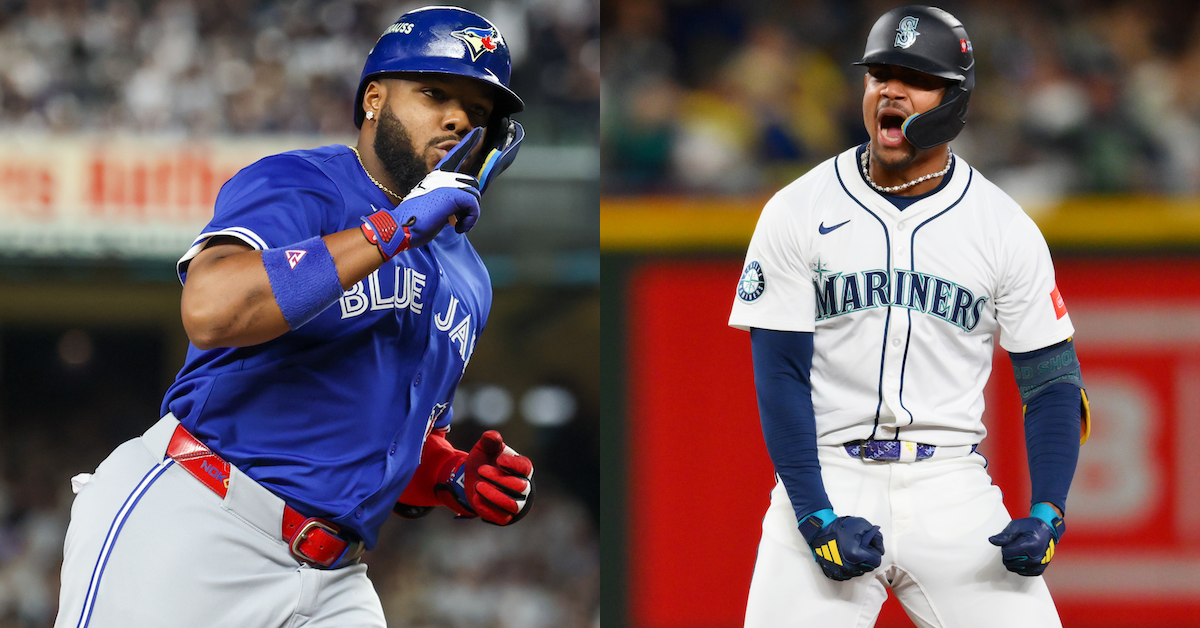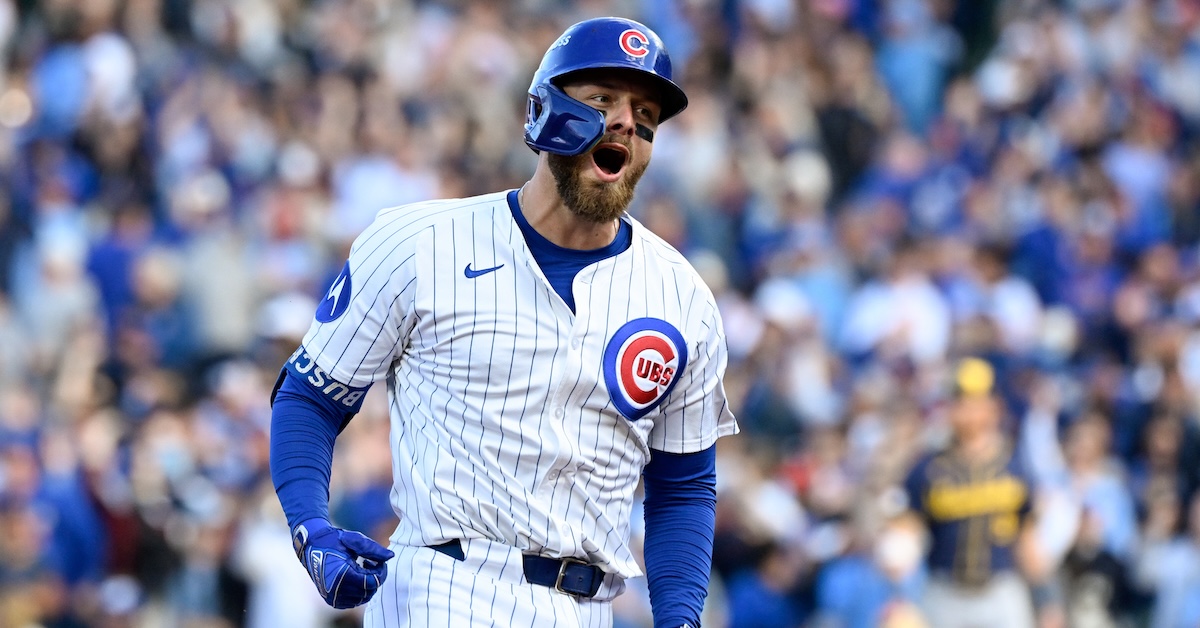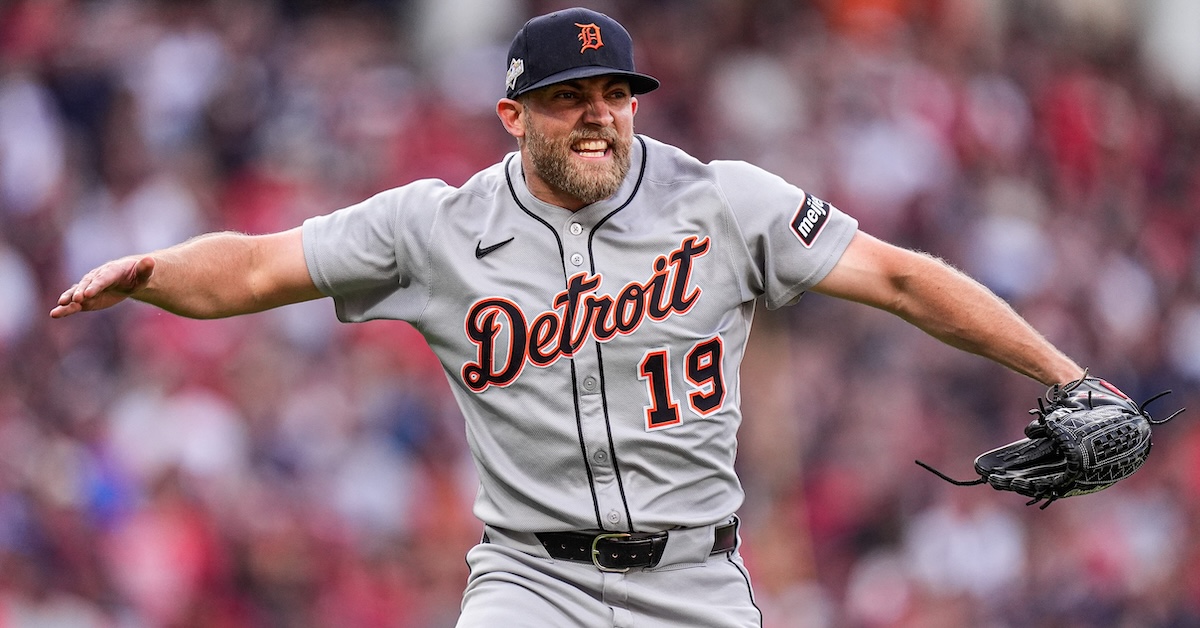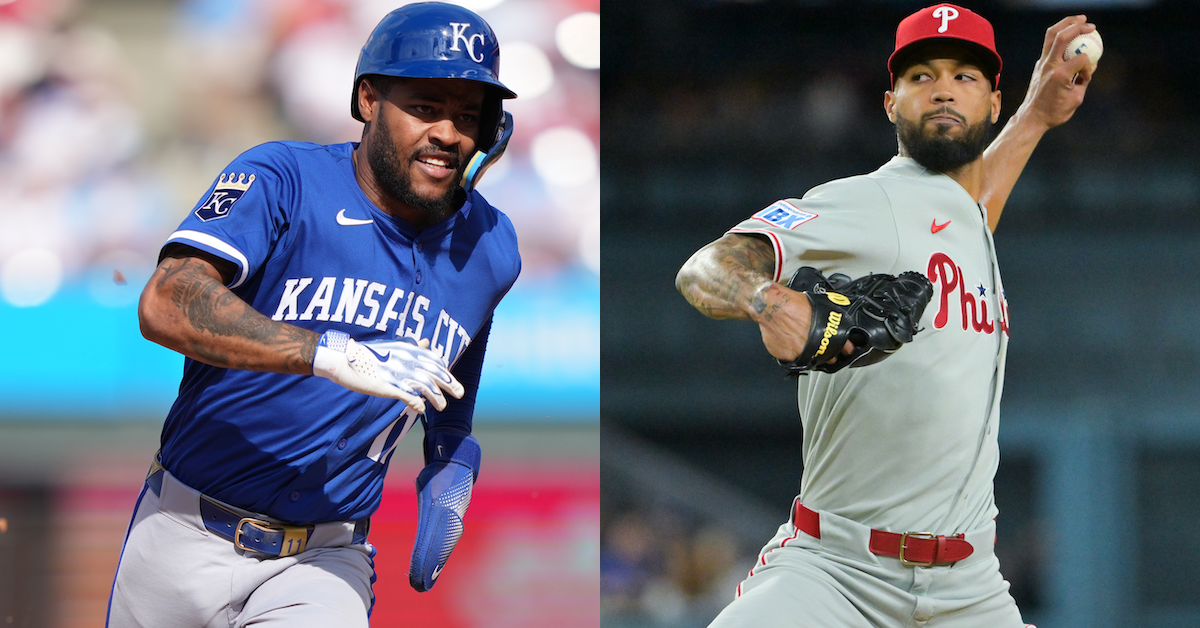A Wonderfully Chaotic Game 7 Ends with the Dodgers as Repeat World Series Champions
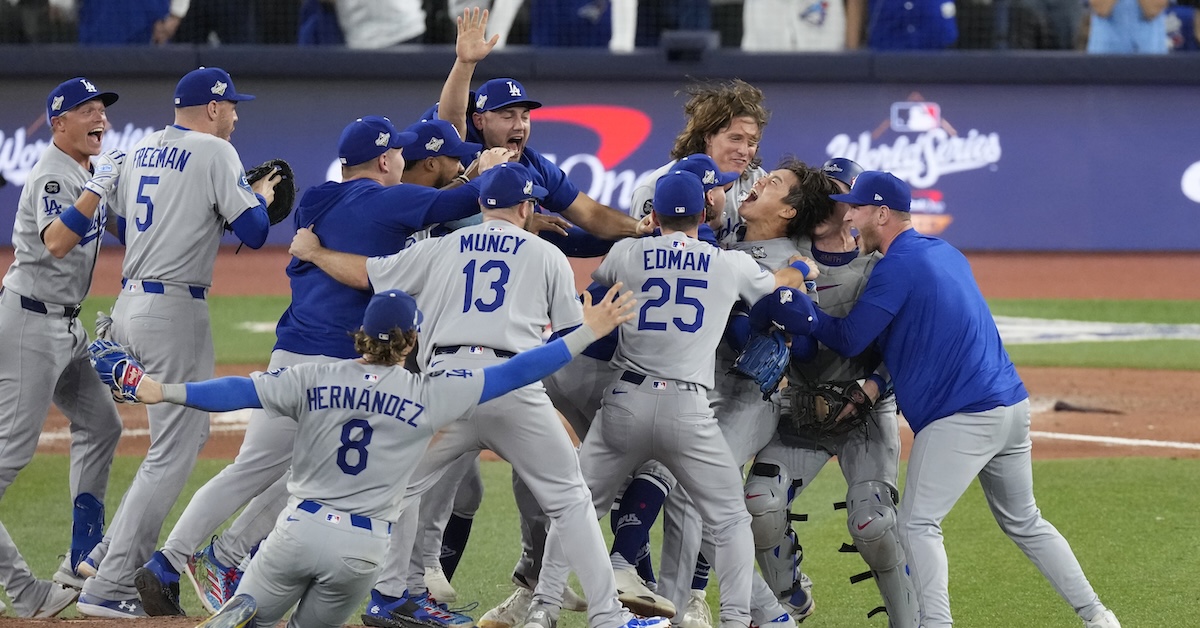
If you’re a baseball fan — and presumably most people reading this are — Game 7 of the 2025 World Series was like the best buffet you’ve ever been to. There were no hotel pans full of lukewarm highlights sitting atop Sterno cans. This one had dramatic home runs, crazy defensive plays, a series of starting pitcher relief cameos, and even some questionable baserunning for flavor. Even Will Smith’s 11th-inning home run, which was the eventual difference, might have only been the fifth-most exciting moment in one of the best World Series games I’ve seen in my near half-century of existence.
We certainly started off with an entertaining matchup of starting pitchers. For the Dodgers, we got Shohei Ohtani, the player who has defined the 2020s. While Tyler Glasnow’s three-pitch save in Game 6 didn’t disqualify him — he appeared later in this game — Ohtani is tricky to use as a relief option since the Ohtani DH rule only works when he’s starting. On the other side, Max Scherzer got the start for the Blue Jays, and while the future Hall of Famer is nearing the end of his career and is no longer an ace, I wouldn’t dare get between Mad Max and a Game 7.
Ohtani started things off in the first with a liner to center, advancing to second on a Smith grounder after a terrific diving play by Vladimir Guerrero Jr. to prevent the Dodgers from getting two on with no one out. Ohtani then advanced to third on a Freddie Freeman fly out, but he was stranded after a Mookie Betts groundout to Andrés Giménez. Read the rest of this entry »

